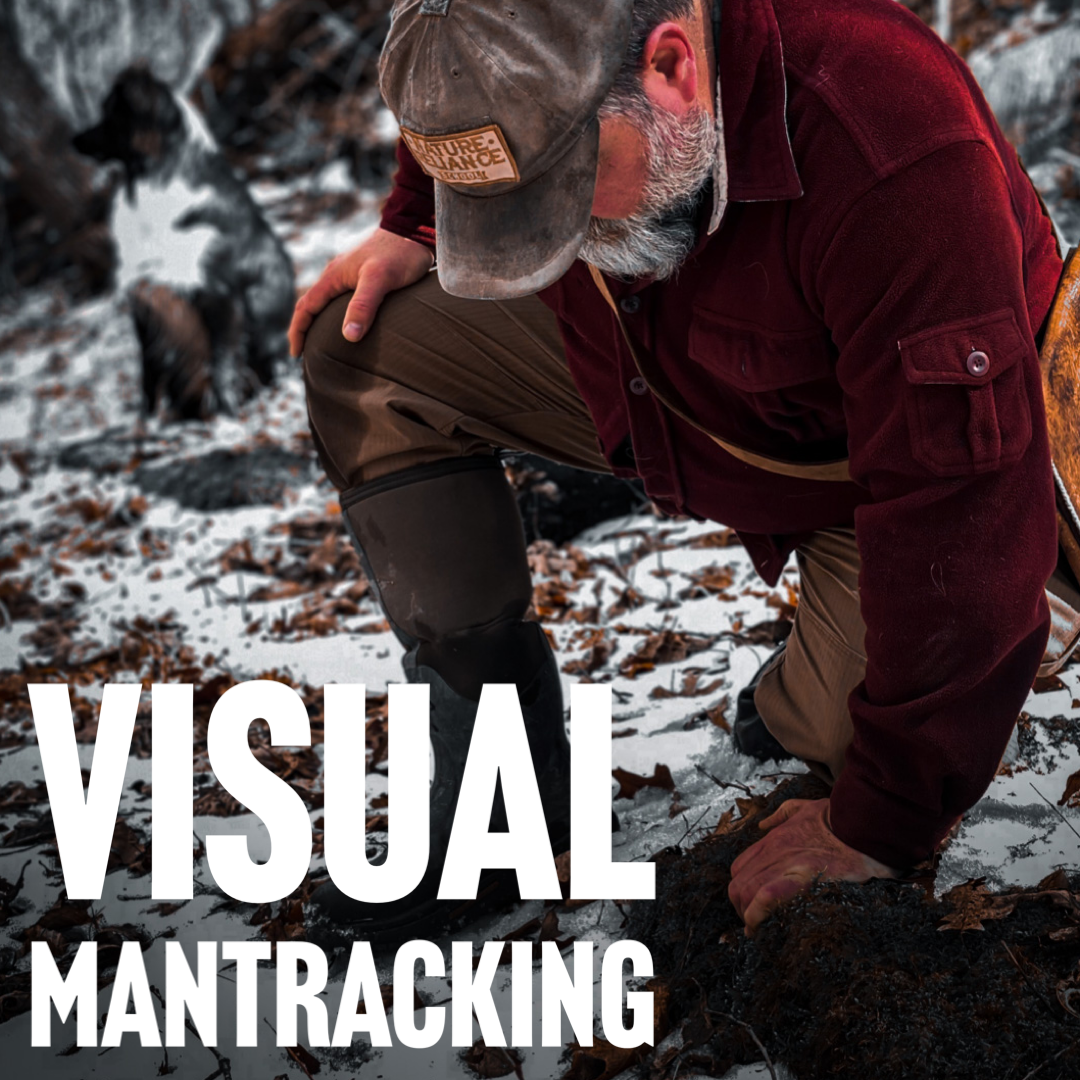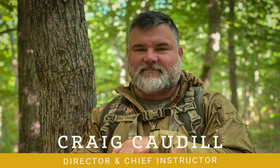
Visual Mantracking
*Note from author – Due to space availability we abbreviated this piece in a recent newsletter. I expanded upon it here to offer more and varied information.
Visual man-tracking skills have been employed since the beginning of time to offer valuable insight into the who, what, when, where and why something has happened in front of a pursuer. In the modern world, the skill is an invaluable tool in the “tactical toolbox” that rarely comes out to be used. That is unfortunate.
It is an expected norm that tactically-minded individuals should find themselves in a state of heightened situational awareness. Visual man tracking can assist you in doing exactly that. When used properly it can offer the following:
- Increased intelligence gathering.
- Preparation and insight before making contact with a quarry.
- Opportunities for reconnaissance assets to gather strategic intel without being seen.
- Finding dropped or hidden evidence during a follow-up
In the modern operations, there is an increased reliance upon the two tools of technology and canines in situations that visual tracking could also be employed. We dont believe visual mantracking should replace those two tools. Instead we do suggest it be added and used in conjunction with them. I will break down the previously mentioned ways of using visual mantracking.
Increased intelligence gathering
On any given track line a human quarry may link up with another individual or team. A canine often cannot recognize nor communicate that a track line contains multiple individuals rather than the one that is known. A trained man tracker can do this. An example is a border patrol agent who can recognize well-trained drug “mule” (vs an untrained one) by their track line and how they cross a fence by recognizing a trackline goes straight up and over a fence. That evidence suggests that the mule is using a compass set on a known azimuth. Tracks that go to the fence and then travel along it until they find a hole are mules that have bene found to be untrained or new to drug running.
More preparation and insight
The average human step distance from one foot to another is 31”. A visual tracker can ascertain that the quarry they are following has increased that distance. Increased step distance is one of many indicators of acceleration by the quarry. Acceleration could be an indicator that the follow-up team made contact unknowingly. The quarry could then be in the process of setting up an ambush site. A tracking team could then push out their security flanks, or utilize other small unit tactics dependent upon the terrain. This would ensure increased safety for those that are following up.
Opportunities for recon
Determining a direction of travel can lead to understanding infil and exfil points of a marijuana patch for example. Recon assets could then ascertain better observation spots for maximum intelligence gathering. On the modern battlefield, trained trackers are being utilized to determine “dwell time” at locations of possible IED placement. By recognizing dwell time, a tracker can call in EOD teams to utilize specialized skill and equipment to diffuse a device, gather intelligence from it before detonation, or both.
Finding dropped evidence
Wouldn’t it be nice to be able to locate the keys or cell phone you laid down in the woods while you were hiking or hunting? Tracking offers the user the ability to backtrack where they have been, to do this. The same is true for a tactical tracker. Once a quarry has been caught, they will have often cached evidence such as drugs, money, weapons, etc. A quarry backtrack is one in which the tracker backtracks along a track line. If the ground is suitable, a well-trained tracker will recognize where the quarry stopped and cached the evidence in a hide. This allows the tracking team and other assets to focus attention in a more likely area to find the needed items.
I hope that this has provided you enough information to see how tracking can be employed, but the question remains how do you do it? The practice of visual tracking is no different than any other skill; it takes practice. And just like shooting a weapon, a good tracking instructor can assist you in leaping forward in your skill. The following are some simple ways that you can begin to expand your situational awareness by tracking.
- Baseline vs. Disturbance
- Why we see a track
- Types of sign
Baseline vs. Disturbance
Baseline is how an area appears without outside influences to it. A wooded area, a Speedway parking lot, or even people at a concert venue, all have a baseline in how they look or behave. Disturbance is anything that changes the normal appearance or rhythm of that environment. Trackers constantly monitor baseline. Constantly. When something appears outside of that baseline, it warrants attention from the tracker. With a more dedicated look at the disturbance, a tracker will often discern more information from it.
Why we see a track
There are several indicators of why we see a track. Outline, shape, color, value, shine, texture, and rhythm are the standard words we use to communicate this to new trackers. (They are also the same criteria taught to students beginniner their study of art appreciation.) It is rare in any terrain that a full undisturbed track can be found. Usually, it is a partial track, a creased leaf, grease carried from a parking spot to the sidewalk, or many others instances of sign. All of these indicators are recognized at various times. A trained tracker will see these small items amid a lot of information.
Types of Sign
We have focused nearly entirely on tracks on the ground (aka ground sign) in this discussion thus far. Ground sign is the sign of anything found below ankle level. We can also search for aerial sign, which is anything above ankle level. Examples are broken branches, grass pointers, clothing left behind on a fence and more. Another type of sign is what I refer to as other, sometimes intangible sign. Human waste including spit, trash, bird language, or other animal behaviors are all types of this ‘other’ sign. In one training event, I was able to find some US Marines that were practicing camouflaging techniques regularly. Birds will alarm in an area if they are not comfortable. They must not have liked those Marines, because they kept alarming that they were there. A recon unit could easily be compromised and alarm a dope grower in this manner. If they recognize birds compromised them in an area, they can change up their hide.
As I stated earlier, tracking is a tool that is often overlooked instead of other means for gathering information. I hope you can see how adding it to your skillset will serve to heighten your situational awareness. Much like all skills, I have covered the tip of the iceberg when it comes to tracking. I hope it serves to get you into a tracking class or to begin your study of it on your own earnestly. It is time well spent.
Craig Caudill is the Founder and Chief Instructor of Nature Reliance School. He specializes in teaching outdoor related topics to include, survival, tracking, nature awareness and more for private or public groups, and government agencies. Craig is the author of three books, Extreme Wilderness Survival and Ultimate Wilderness Gear, and Essential Wilderness Navigation (co-authored with Tracy Trimble) from Page Street Publishing, distributed by Macmillan Publishing as well as co-author of The Tiny Survival Guide.
Craig is co-host of the popular The Survival Show podcast, is a frequent contributor to TV outlets, blog sites, magazines and is a popular online outdoor educator. Pick up the books, subscribe to him on Youtube, or join Craig and the other NRS Instructors in a class so they can help you be more safe and aware in the outdoors


Leave a comment